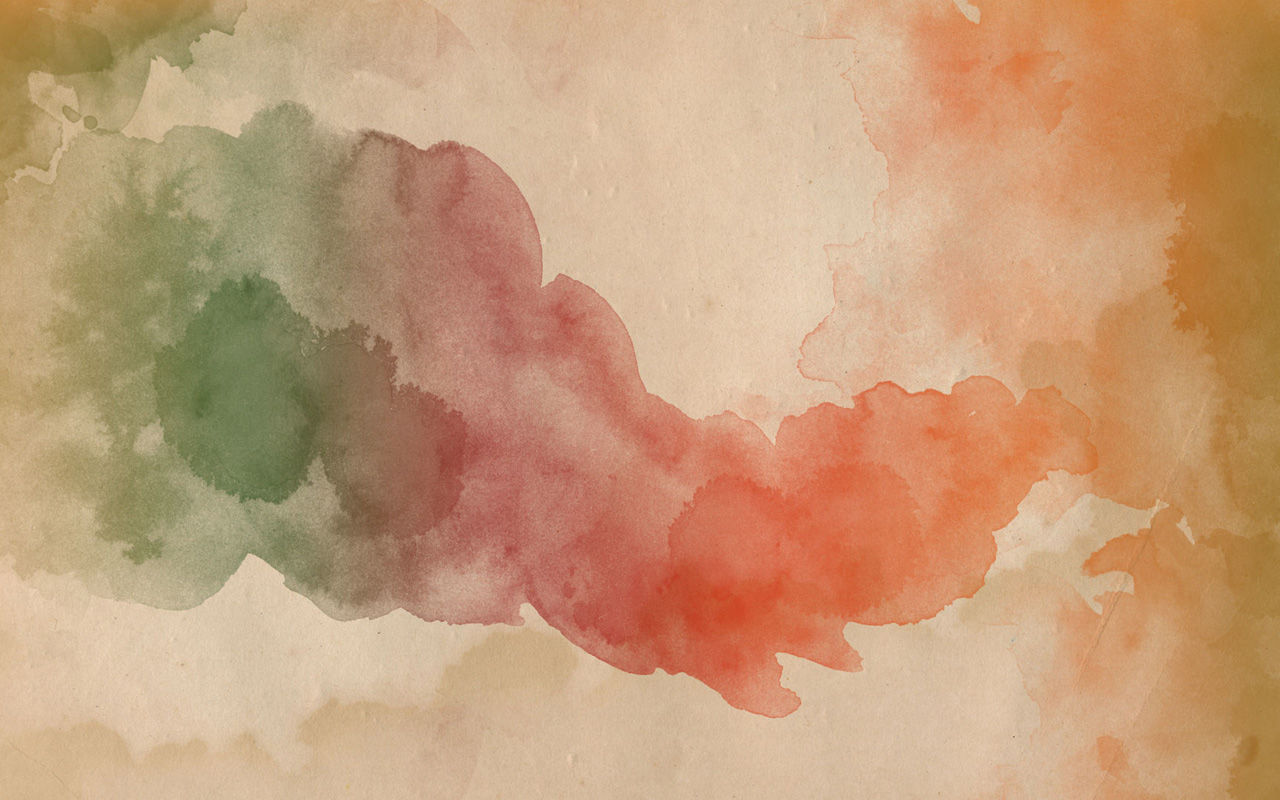One Day, Someday Soon: Disney's "The Hunchback of Notre Dame": 25th Anniversary Pittverse Exclusive
- Michael Kurland

- Apr 14, 2023
- 4 min read
1. When did you start working for Disney? What was your first assignment there? And what was it like working at the “Mouse House?”
A: “My first project for Disney was Hunchback of Notre Dame. I believe I started work on it sometime in 1993. My experience at Disney from day one was one of the most creatively rewarding experiences I’ve ever had as a writer. Instead of sitting in a story room with a bunch of stuffy ‘suits’, I was surrounded by amazingly talented artists, directors and producers. In those days, you were only limited by your imagination. You worked in a creatively rich environment where all ideas were encouraged – even bad ones! It was artistic collaboration in the best sense of the word. And it was a helluva lot of fun! Which is why I kept going back and back and back…”
2. When/How did you first get the assignment on Hunchback?
A: “Disney had been after me to have a meeting for a while. My very first job as a screenwriter was in 1983, writing a project at Paramount for Jeffrey Katzenberg. Jeffrey had since moved to Disney and was trying to rejuvenate the animation division. He wanted to bring live action screenwriters in to initially help develop animated story ideas. By that time, I had received an Oscar nomination for Gorillas in the Mist. So, I was one of those screenwriters he was pursuing. I kept saying ‘no thanks’ because I was focused on a live action screenplay I had written and wanted to direct. And frankly, I wasn’t interested in writing ‘kids’ animated movies. I considered myself a ‘serious artist’ – ha! Eventually, I took a meeting with the Disney execs. They went through a list of projects they were developing – Aladdin, Pocahontas, Hercules, etc. None of which really grabbed me. By the end of the meeting, I was convinced it was all for naught. Then they mentioned that they were also trying to do something with Hunchback. What they didn’t know was that I was a total ‘60’s monster nerd. I collected monster magazines, loved all the Universal horror movies, etc. I was aware of Hunchback and Quasimodo’s story by the time I was 9 years old! I jumped at the chance to see if I could find a Disney animated movie somewhere in that huge Victor Hugo novel.”
3. With five credited screenwriters, could you easily identify which parts were yours? If so, how much of the finished film was yours? A: “I think my contribution to Disney’s Hunchback is best described in the film’s credits where I am given a single-card credit for ‘animation story by’. I was the first and only writer on that project for a full year. Everything you see from a story standpoint – plot, structure, characters, etc – was essentially derived from my early treatments. Sure, I can point to moments of action or dialogue and say ‘I wrote that’, but what’s more important is the fact that the finished film is representative of 300 crewmembers that worked tirelessly for three years making that movie. Everyone brought his or her ‘A’ game to the process. And it is truly such a collaborative process; I never got hung up on what was ‘mine’. That movie was ‘ours’, and everyone contributed. I just focused on doing my part.”
4. What was it like working with the same directors, producer and composer from Disney’s Beauty and the Beast?
A: “Kirk Wise, Gary Trousdale and Don Hahn were a joy to work with. I had known Don socially for years before Hunchback. He had actually tried to get me on Lion King at one point, but it didn’t work out because of scheduling conflicts. Together with Alan Menken and Steven Schwartz, a ‘dream team’ of creatives surrounded me! It was such a great working experience that we replicated it once again on Atlantis.”
5. Could you give one example of a scene or bit of business that you had wanted to include in the film, but didn’t make it?
A: “There is a moment during the chase for Esmeralda at the ‘Feast of Fools’ where her head appears hiding in a basket of vegetables as soldiers run past. Originally, I wrote that the basket was filled with severed heads from a nearby guillotine. It lasted long enough for artwork to be done depicting the moment. Which I loved! But finally, it was decided it was too graphic. So they settled on vegetables.”
6. Looking back 25 years later, is there anything you would have done differently? If so, what?
A: “25 years on, there is really nothing I would do differently, story wise. There is one number that sticks out like a sore thumb for me tonally – ‘A Guy Like You’. The whole vaudeville shtick felt out of place for me. Still does. But people love it and I know it exists for the kids. So I just go with it…”
7. As a writer yourself, do you have any last bits of advice for our writing staff at Pittverse?
A: “With regard to writing, since every story has been told, every genre mined to the deepest depths, one might wonder ‘what’s left’? Well, what’s left is your own unique voice as a writer, and your own worldview. Nurture that voice. When a studio exec has a pile of twenty scripts to read over a weekend, and he or she is only giving each script 10 pages to grab him or her, it’s that ten pages in your own unique writer’s voice that is going to compel them to read the entire screenplay. Never give them a reason to not read beyond ten pages!!”
Special Thanks:
Tab Murphy
Walt Disney Animation Studios
&
Don Hahn



Comments